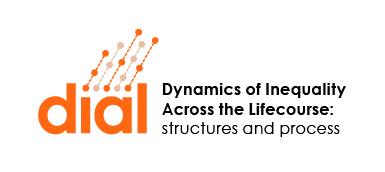A large body of literature has been devoted to the question of how the design of educational systems influences the formation and intergenerational reproduction of social inequality. An important feature of educational systems is their level of educational stratification or differentiation, i.e. the separation of students into separate groups, tracks or streams for instructional purposes (cf. Sørensen, 1970). In almost all educational systems, this separation takes place in secondary education. Therefore, much of the literature has been concerned with comparing secondary educational systems with differing degrees of stratification and evaluating their performance against various indicators of inequality (Bol and van de Werfhorst, 2013; Brunello and Checchi, 2007; Hanushek and Wößmann, 2006). The conclusion from these comparisons is that educational systems pursuing stratification in secondary education tend to be associated with higher levels of intergenerational reproduction of inequality than systems with comprehensive schooling (Esser, 2016). In a recent country-comparative study by Blossfeld et al. (2016), however, the authors show that a simple distinction between formally stratified systems on the one hand and formally comprehensive systems on the other masks a considerable degree of country-level variation in educational differentiation. Their conclusion is that all education systems are characterized by some form of educational stratification in secondary education. This means even systems that are usually considered to be comprehensive comprise other less obvious, informal or hidden forms of stratification, which are important in shaping educational inequality (cf. Triventi et al. 2016). Similar conclusions emerge from our own LIFETRACK project: once a country’s most salient forms of stratification are taken into account, they account for as much variation in labor market outcomes in formally tracked systems as in formally comprehensive systems (cf. Schindler 2021). We can take from those results that – even though differences in the level of social reproduction betweencountries might be systematically related to the degree of formal tracking – educational stratification in a broader sense is a key mediator of the relationship between social origins and destinations within all countries. For that reason, we were interested how different forms of educational stratification help to reproduce or sustain social inequality. For this special issue, we invited authors to think about the social mechanisms that link educational stratification to the intergenerational reproduction of inequality. The papers assembled here look at the mechanisms of educational stratification from a range of different angles.
This is part of a special issue prepared by the LIFETRACK project. Other articles of this special issue can be found here.
